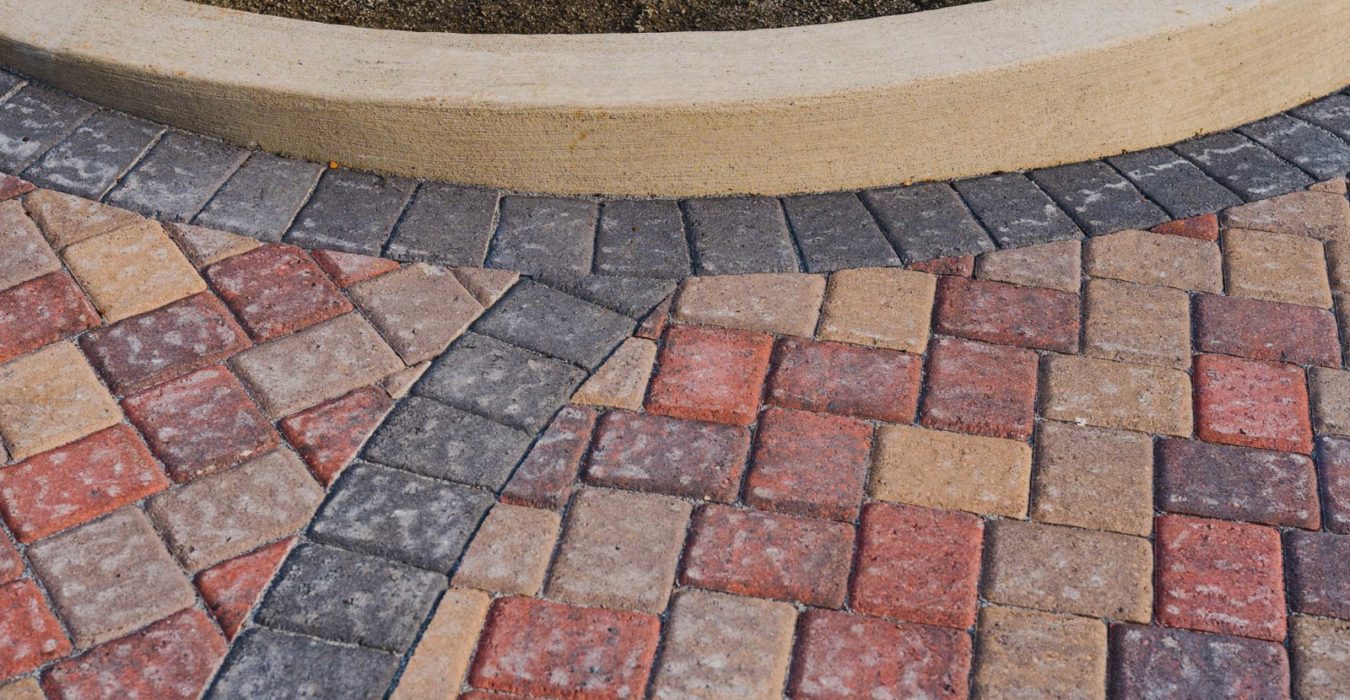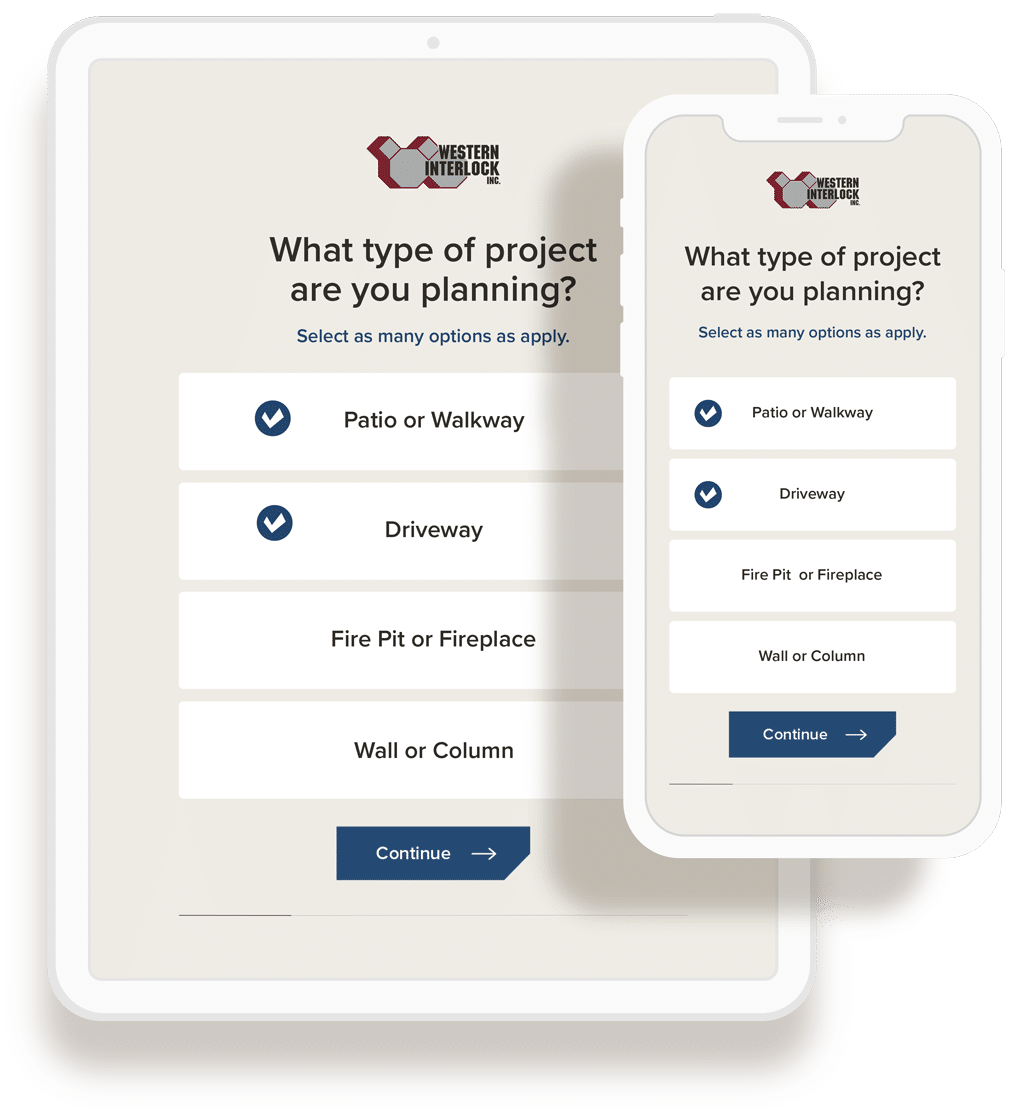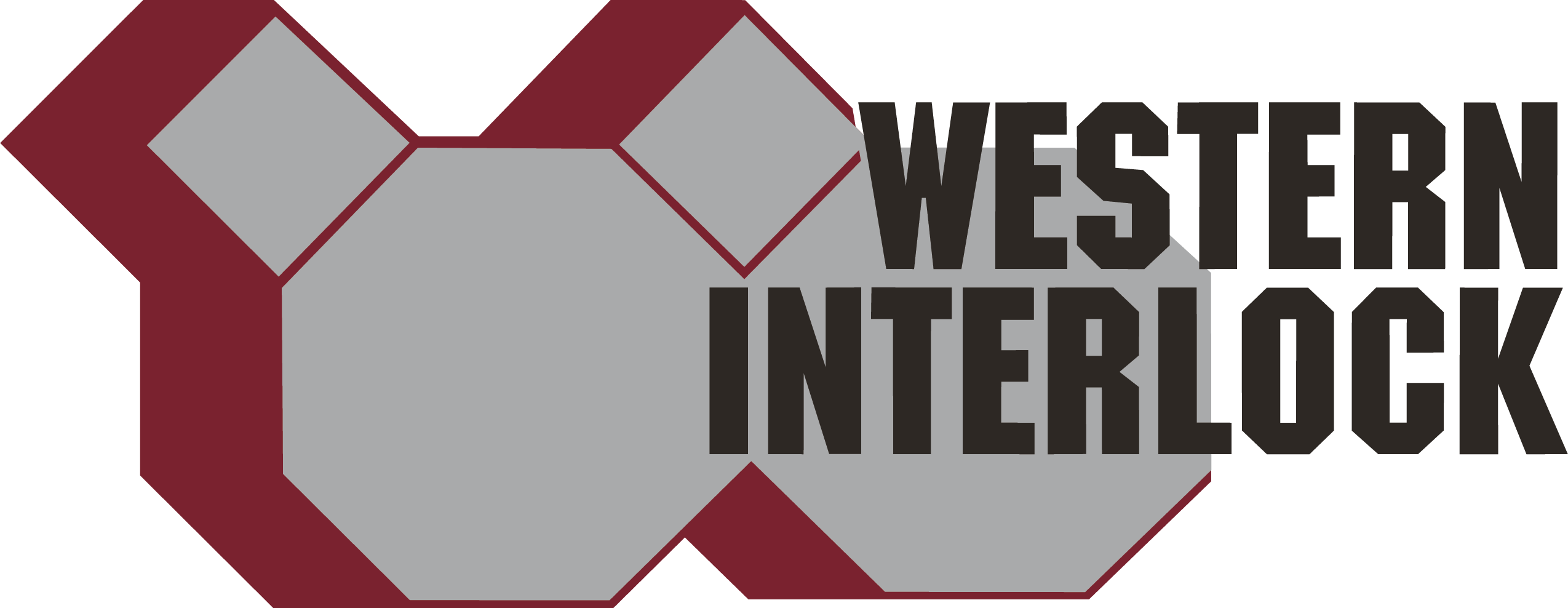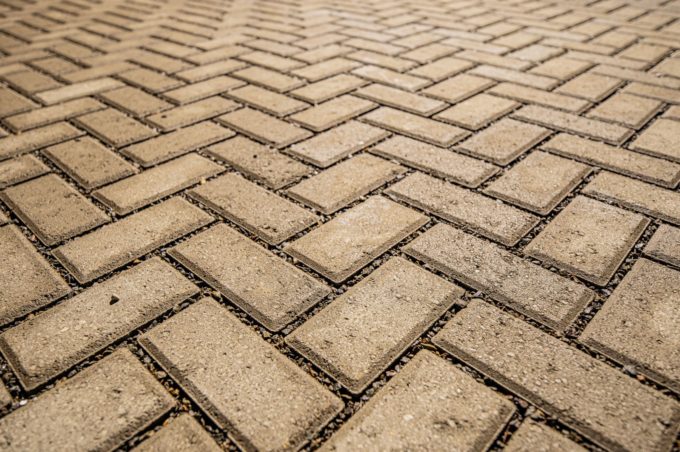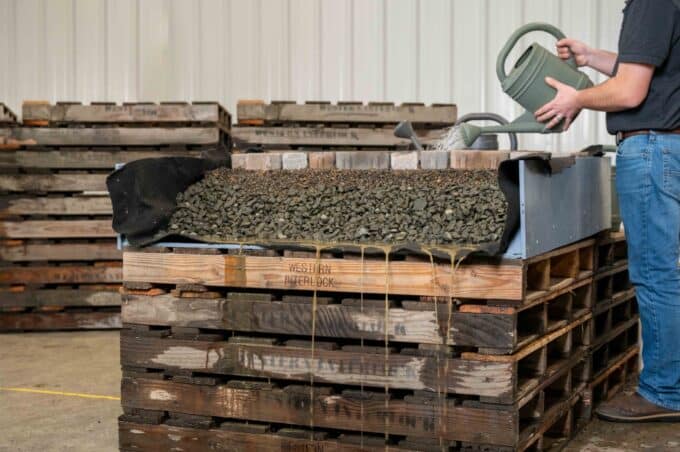Get our FREE Project Planning Guide
"*" indicates required fields
A stone border isn’t just for looks
A border is the outermost edge of your hardscape. Not everyone adds one to their hardscape—and it’s certainly not required—however, those that do are always satisfied with the result. Here’s a breakdown of the two primary purposes that a border plays in your hardscape.
Enhances the design
Most people add a paver border to their hardscape to enhance the design. There’s no doubt that a paver border makes any hardscape project feel elegant and complete.
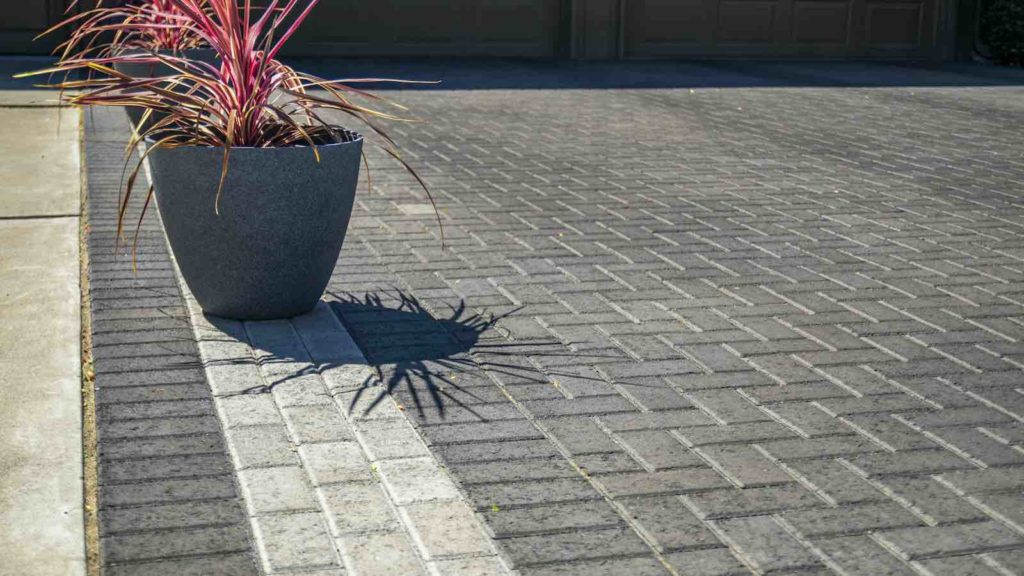
There are almost endless options of borders you can lay, as long as you follow a few simple design guidelines. We’ll discuss these more in Step 1, below.
A border ties in fieldstones
The other reason to add a paver border to your hardscape is to tie in the fieldstones. Fieldstones are the primary hardscape area you’re installing—think driveway, patio, or walkway. By adding a border to your hardscape, you’re adding a layer of structural stability.
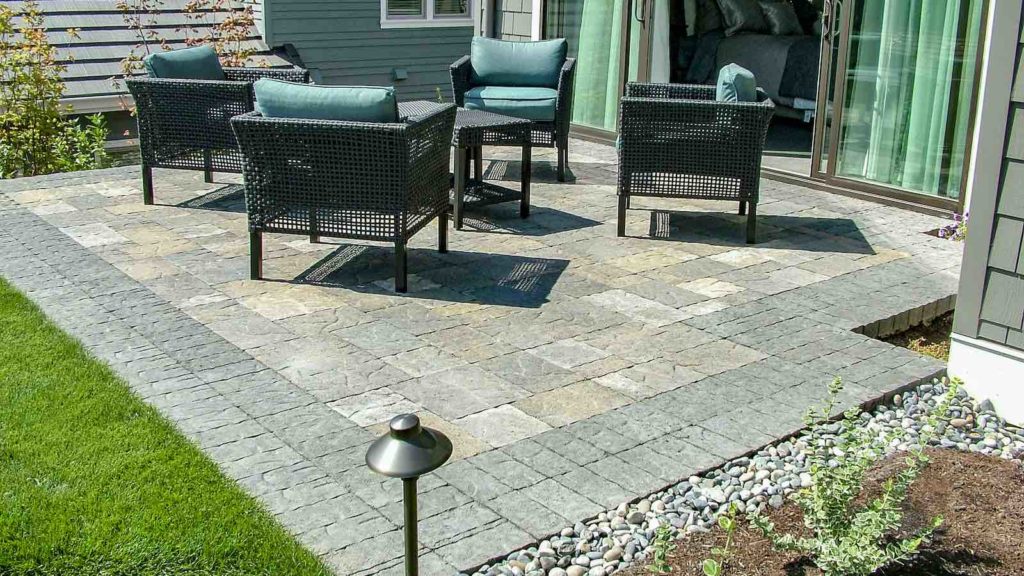
As you’re choosing your border stones, consider selecting the largest stones possible. The larger surface area will help contain any cuts you make and will help prevent a failed edge.
Most importantly, if you miter a corner or cut a curve on your hardscape, you’ll be left with some small pieces. Without a border, those smaller pieces will likely fall away, get broken, or knocked away by traffic.
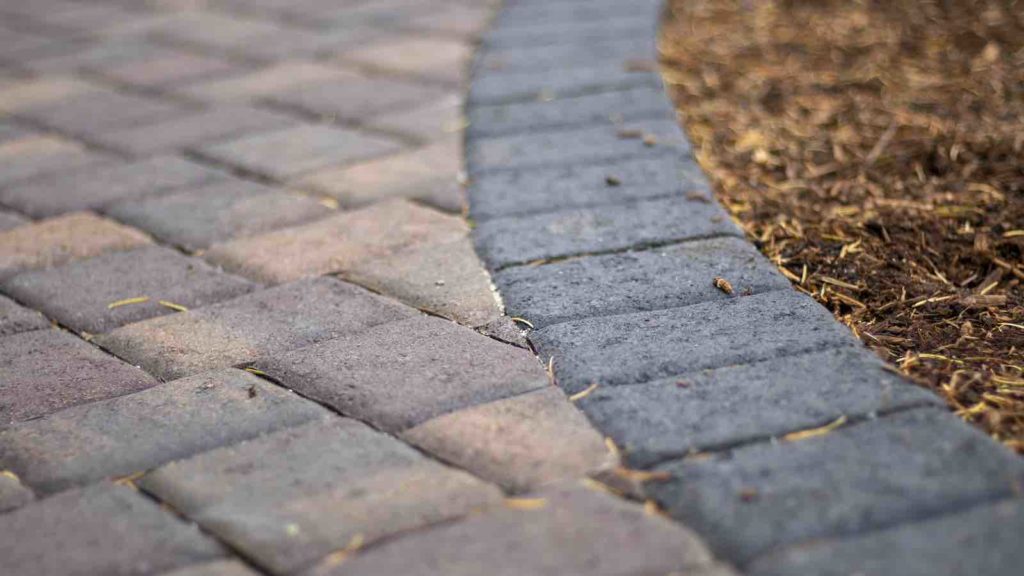
In the image above, you can see a small triangular piece that resulted from cutting a curve into a walkway. Without the border, that piece wouldn’t stay in place. Even a properly installed edge restraint can’t hold a piece that small. Small piece retention is yet another great reason to install a border with your hardscape.
Installing a paver border
Installing a paver border only adds a few steps to any hardscape project. First, you’ll want to start by following our ten-step paver installation process, step-by-step. Second, you’ll need to add a few additional steps to the plan.
Follow that process and our recommendations below. You’ll have a beautiful and structurally-sound border to complement your hardscape.
Note: If you’re fixing a failed edge or broken border, you’ll want to follow the instructions in our tutorial, How to Fix a Failed Edge In Your Hardscape.
1. Include landscape design in your plans
If you’re laying a new border with new landscaping, be sure to include border design in your initial plans.
There are two main design aspects to consider: color and pattern. Regarding color, you’ll want to select either a consistent border or a contrast border. Regarding patterns, you’ll have to consider if you wish to lay a solider course or a sailor course.
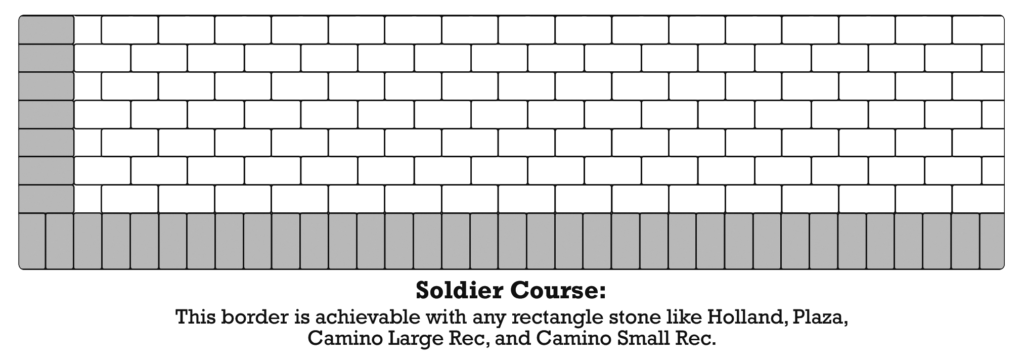
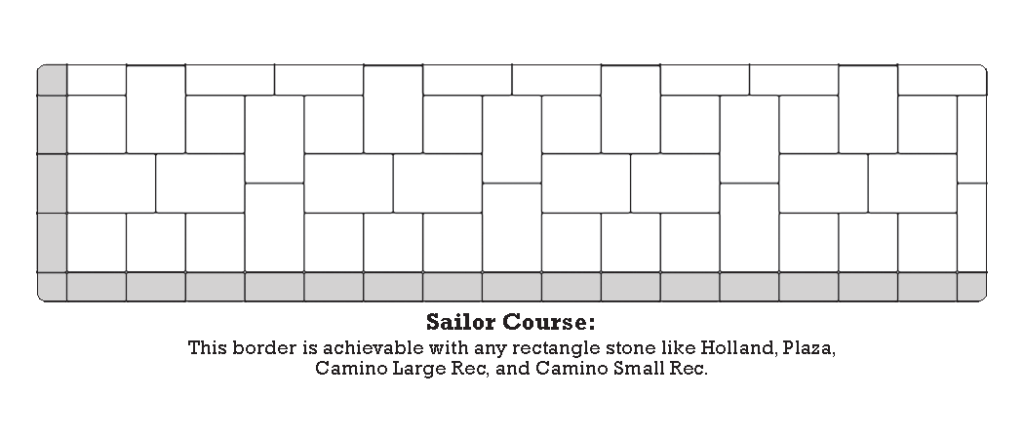
We break down each of these design aspects in-detail in our article, How to Design a Paving Stone Border.
2. Extend and build the base 6” past
As you mark your hardscape project, be sure to mark your border so you know what kind of space your border will take up and where you’ll need to excavate.
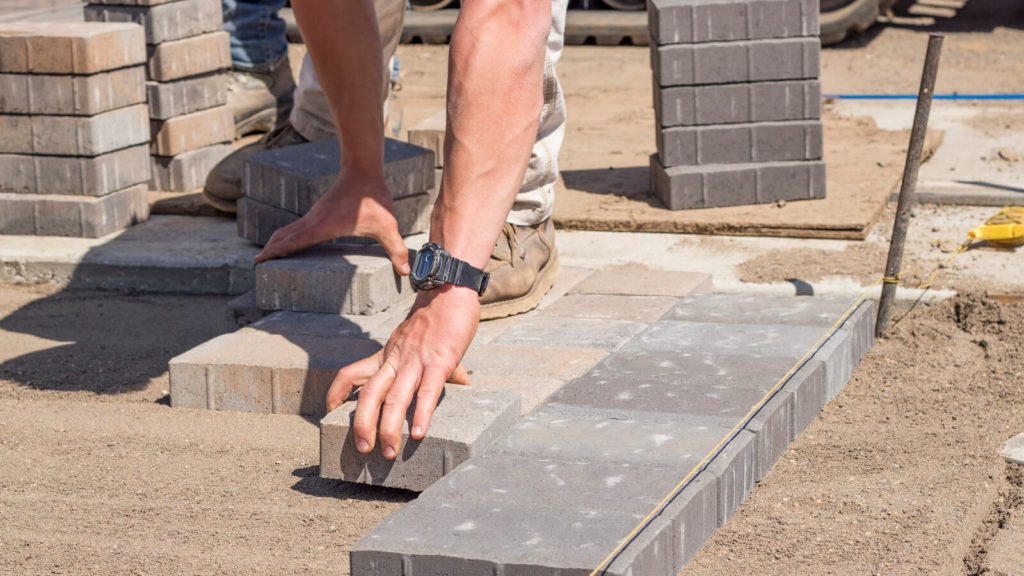
Be sure to excavate an additional 6” around the outside edging of your border area, so you leave space for edge restraint. Don’t make the same mistake many people do, thinking that a border is a replacement for edge restraint. You’ll still need to install plastic or concrete edge restraint to hold your hardscape together.
3. Prepare to cut stone corners
The easiest way to finish a corner (if you’re laying a square patio) is to continue your border and end with full stones. However, many people don’t feel like that looks elegant enough. Another option is to miter your corners.
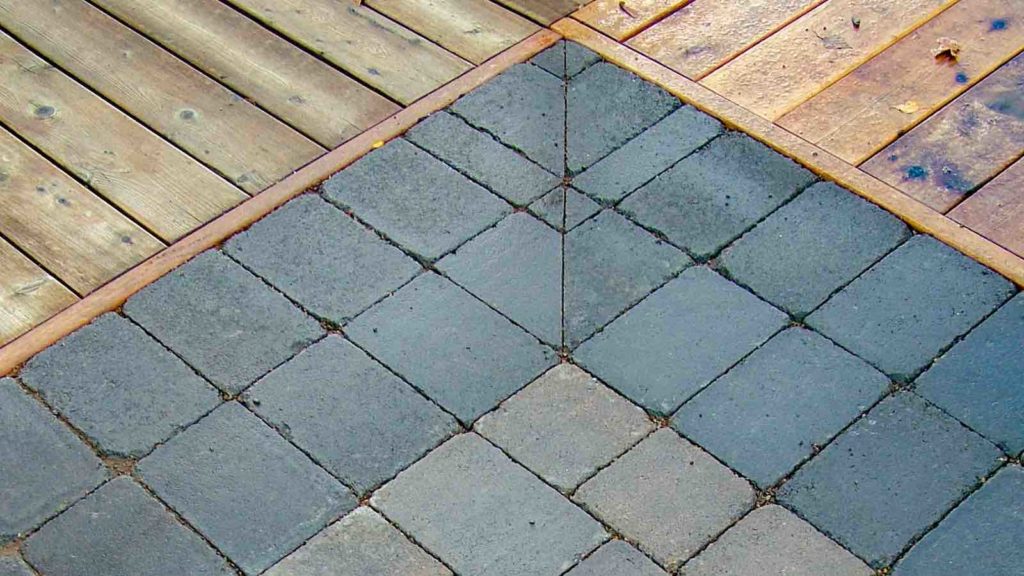
If you make any cuts, be sure to do it safely and correctly. Follow our guidelines and methods in 6 Ways to Cut a Paving Stone.
Install the right way, the first time
We’re on a mission to take the hard out of hardscaping. That’s why we publish DIY tips, tricks, and step-by-step tutorials at DIYwithWI.com every week.
If you have any questions about your next hardscape project, you can visit us or call our stone paver experts at 503-623-9084.
Get our FREE Project Planning Guide
Tell us where to send it and we’ll email the backyard planning guide to you right away!
"*" indicates required fields


